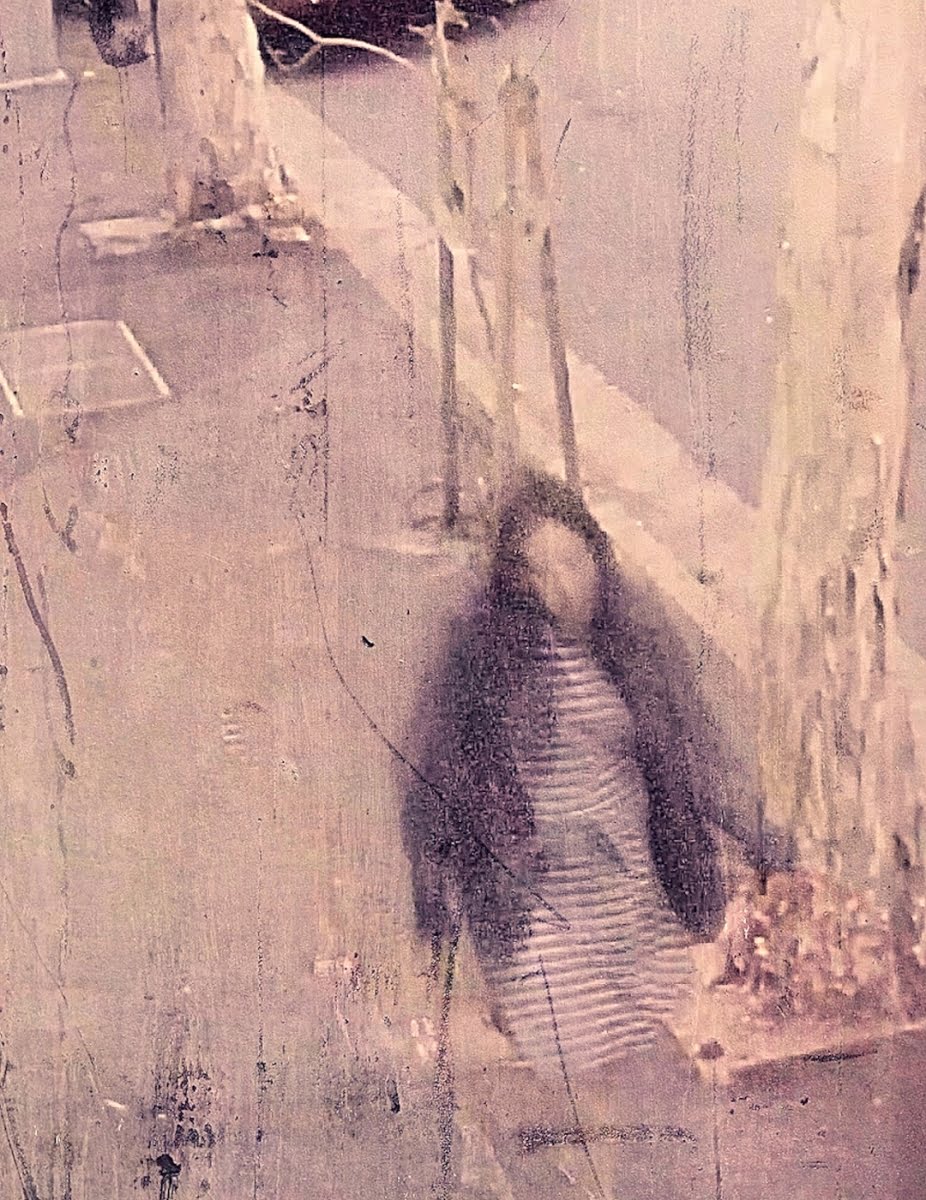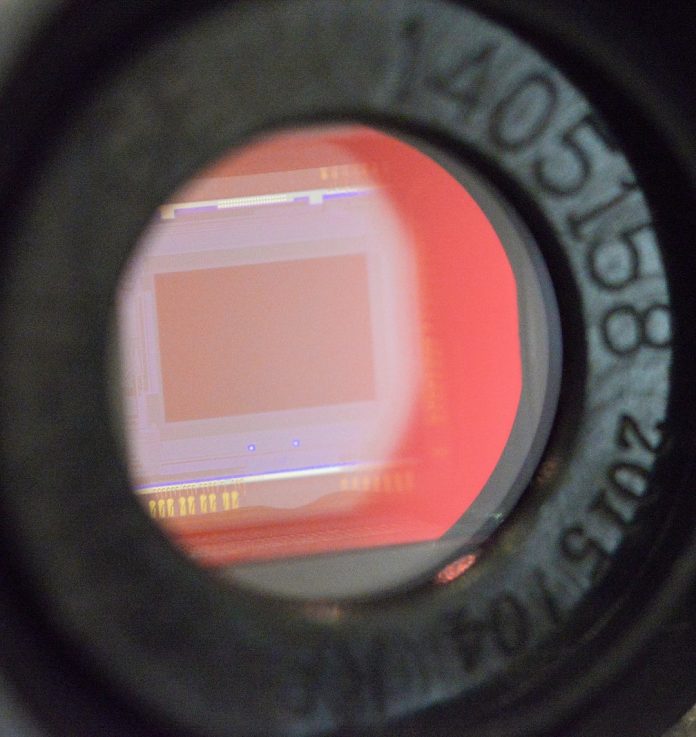If all other things were generally equal, which single quality is most important for a video surveillance camera?
A: You must answer this question from an operational perspective. The most important qualities depend on what the CCTV camera is being used for – a camera might be used for real time situational awareness supported by security patrols and operators wielding high resolution PTZs but more often it will be used as a post-event forensic tool.
A camera used for investigation needs to provide a well-compressed, high quality image stream in order to meet its operational priorities. If image clarity – taking into account contrast, colour rendition, low light and backlight performance – are equal, then image sharpness and resistance to motion blur are the most important qualities a camera can have from a security operations perspective.

Still from 4K camera in 500 lux – artistic but not court admissible…*
Resistance to motion blur is primarily a factor of shutter speed but some cameras manage to do better at the lowest default shutter speed settings of 1/25th or 1/30th of a second commonly seen in IP CCTV cameras. This suggests that in low light, digital rebuilding of high resolution images stressed by elevated ISO increases frame-by-frame processing latency, resulting in loss of raw data in the form of light reflected from fast moving objects passing through the scene – in short, the camera system can’t keep up with changes taking place in its angle of view. The higher the resolution of the sensor, the more important processing efficiency becomes.
What all this means is that camera system processing capability is a vital aspect of IP camera performance that must be taken into account during the selection process. Making selection harder is the fact different camera models from the same manufacturer can be of significantly different capability.
Sharpness, meanwhile, relates more to lens choice and focal length selection than it does to camera selection if resolution, WDR and low light performance are the same. ♦
By John Adams
* This image was modified in post production for tone and texture but with no loss of sharpness and no enhancement of blur.











